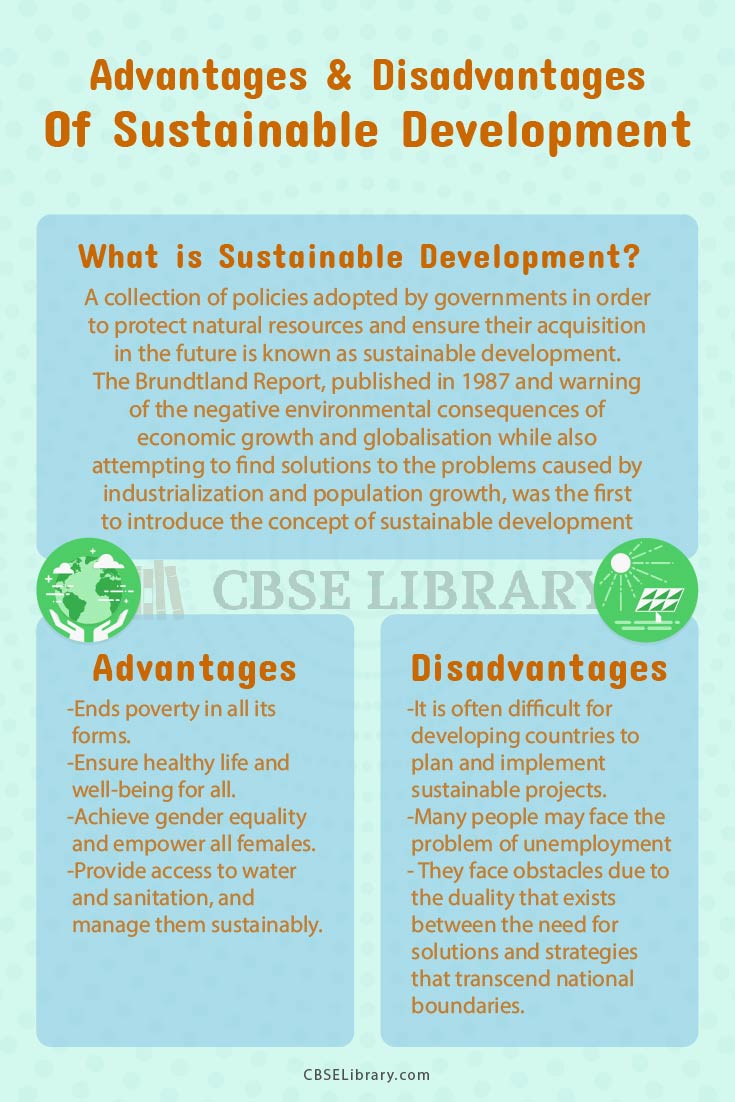Embracing a Greener Way of Life: Weighing the Advantages and Disadvantages of Eco-Friendly Developments

As the world grapples with the challenges of climate change, environmental sustainability has become a top priority for many homebuyers. Eco-friendly developments have sprouted up in response to this growing demand, offering a unique blend of sustainable living, reduced carbon footprints, and innovative design. But are these developments right for you? Let’s delve into the pros and cons of investing in an eco-friendly community.
The Benefits of Eco-Friendly Developments
-
Reduced Environmental Impact: The most significant advantage of eco-friendly developments is their minimal impact on the environment. These communities often feature energy-efficient homes, renewable energy sources, and sustainable land use practices, reducing greenhouse gas emissions and preserving natural resources.
-
Lower Energy Bills: Eco-friendly homes are designed to be energy-efficient, which translates to lower energy bills for residents. This can be a significant cost savings, especially for families or individuals looking to reduce their expenses.
-
Improved Indoor Air Quality: Many eco-friendly developments incorporate natural ventilation systems, non-toxic materials, and advanced air filtration systems, resulting in improved indoor air quality and a healthier living environment.
-
Increased Property Value: Eco-friendly developments are often seen as desirable and prestigious, which can lead to increased property values over time. This can be a significant advantage for homeowners looking to sell their property in the future.
-
Sense of Community: Eco-friendly developments often foster a sense of community among residents, who share a common goal of living sustainably. This can lead to a stronger, more supportive community.
The Drawbacks of Eco-Friendly Developments
-
Higher Upfront Costs: Eco-friendly developments can be more expensive than traditional developments, as the cost of sustainable materials and energy-efficient systems is often higher.
-
Limited Availability: Eco-friendly developments are still relatively rare, which can limit options for homebuyers. This scarcity can drive up prices and make it more challenging to find the right property.
-
Higher Maintenance Costs: While eco-friendly developments can reduce energy bills, the cost of maintaining sustainable systems and materials can be higher than traditional developments.





